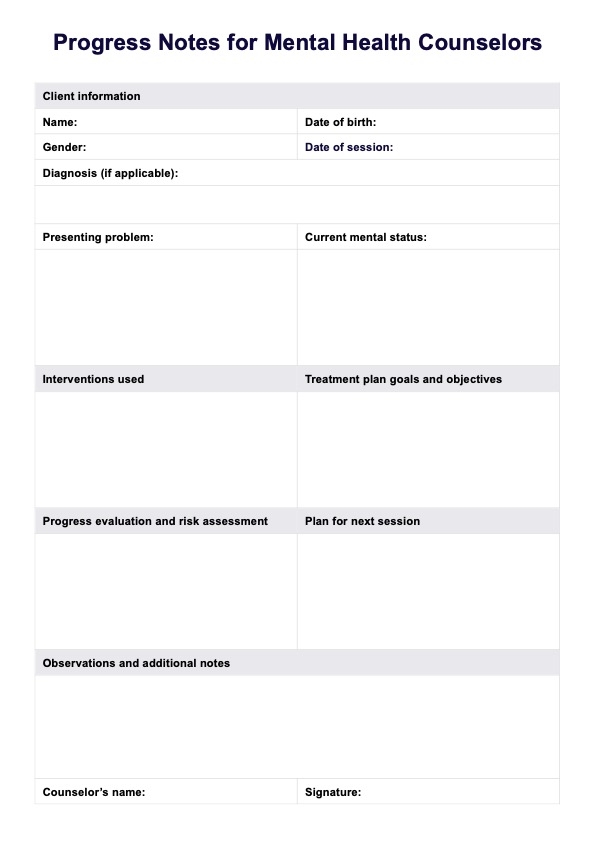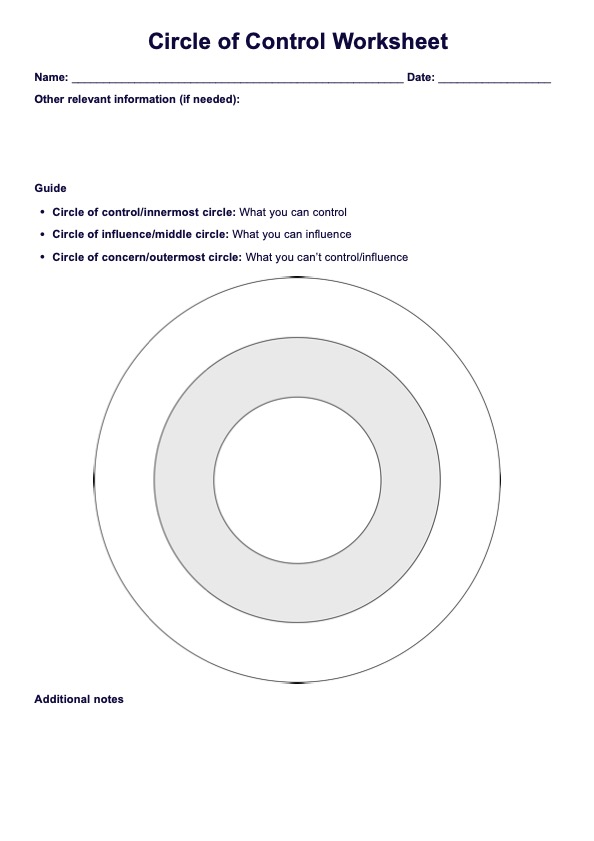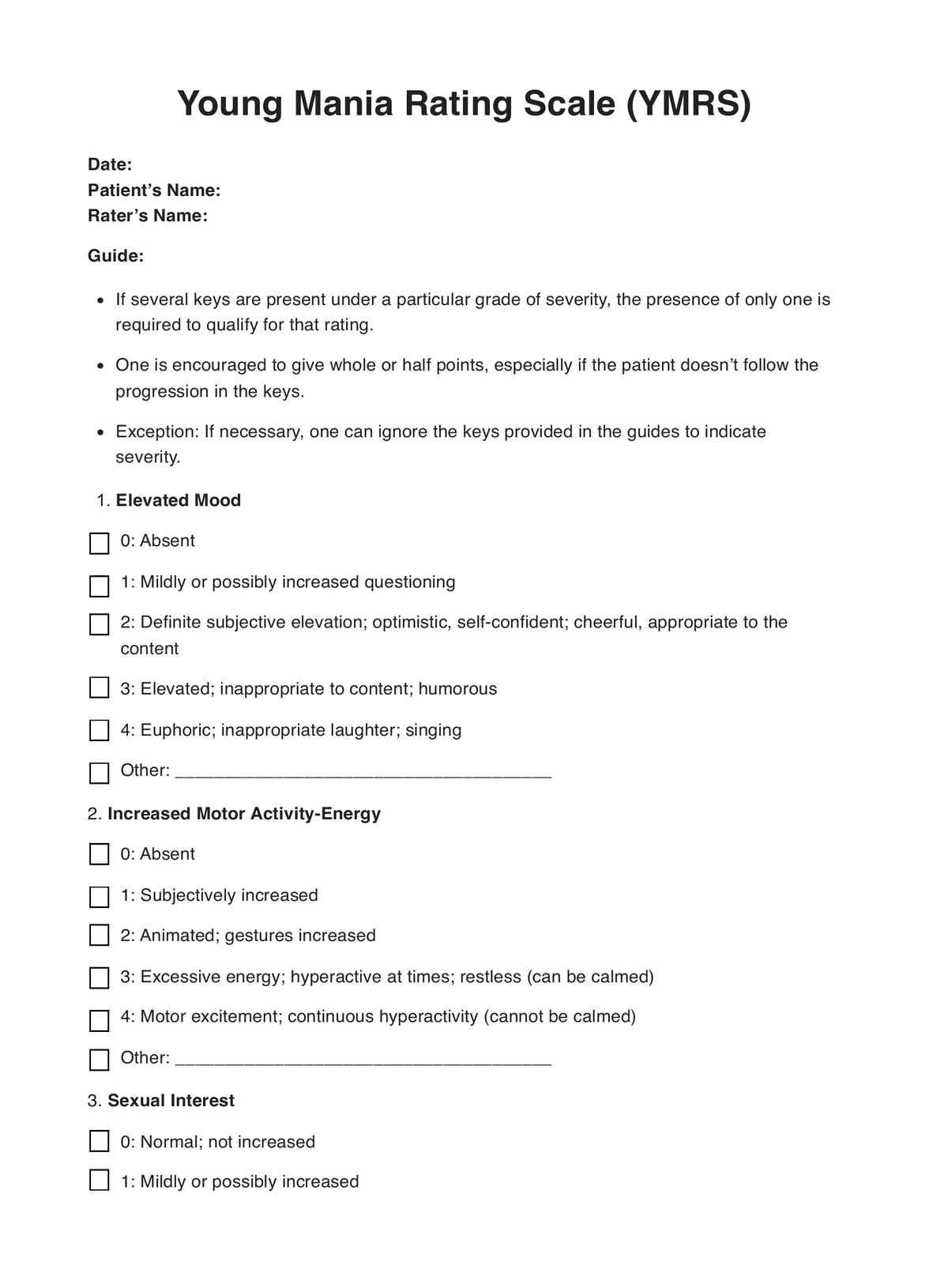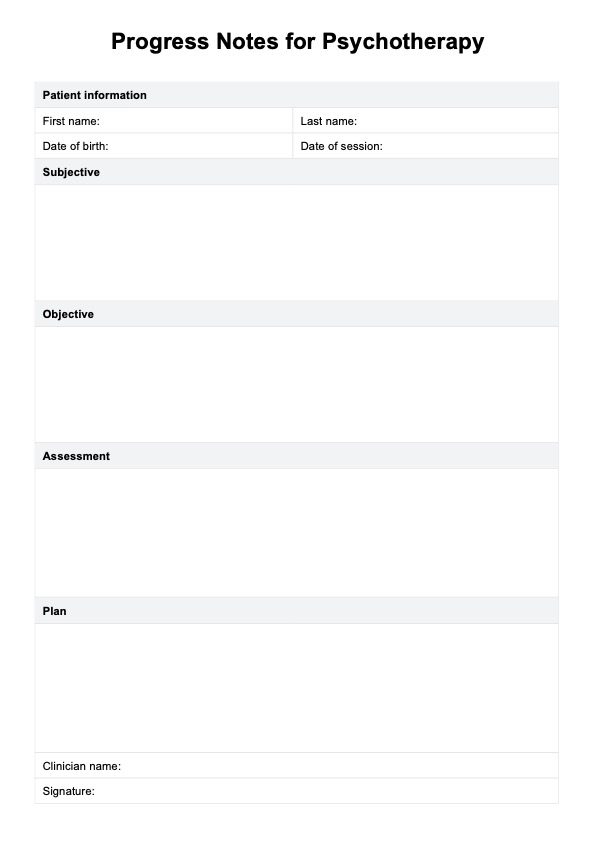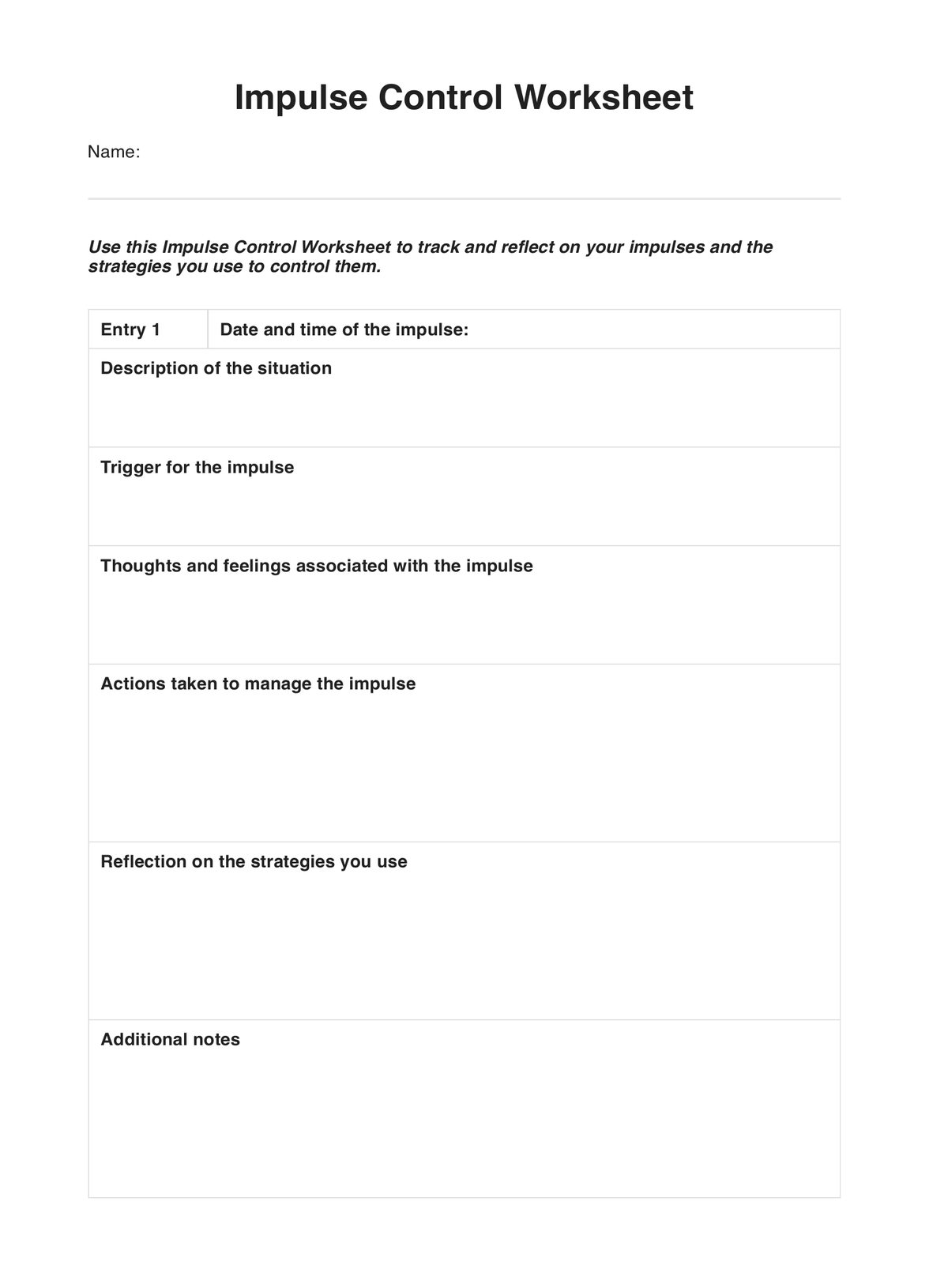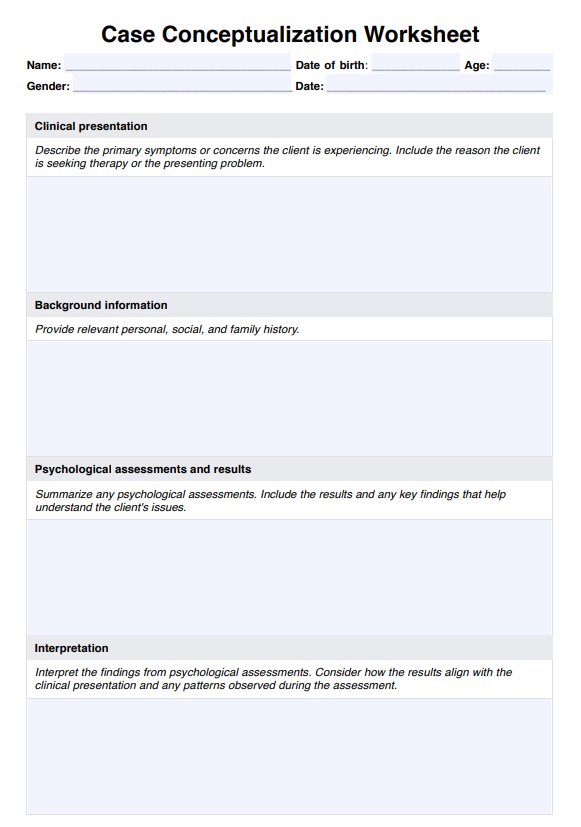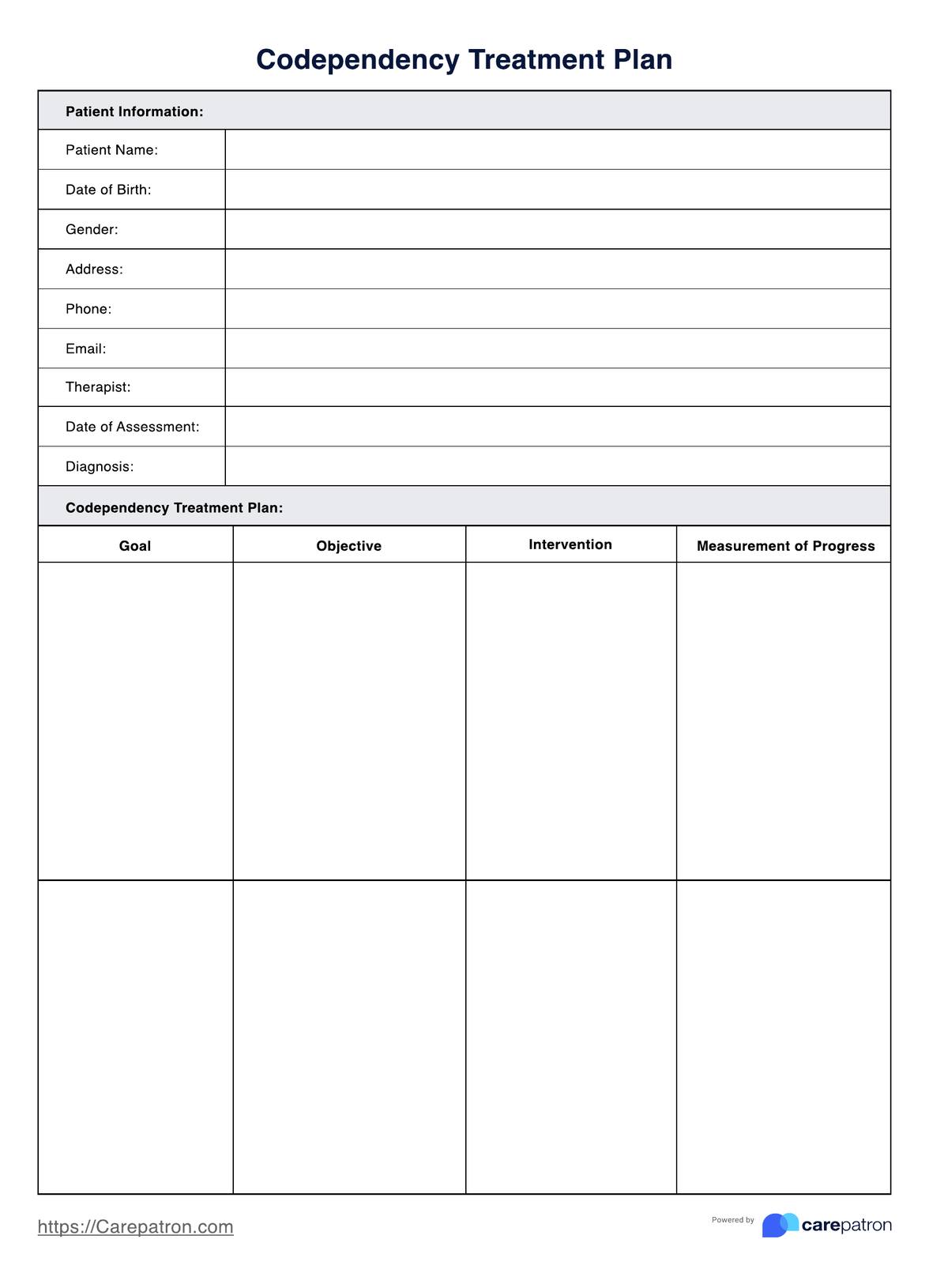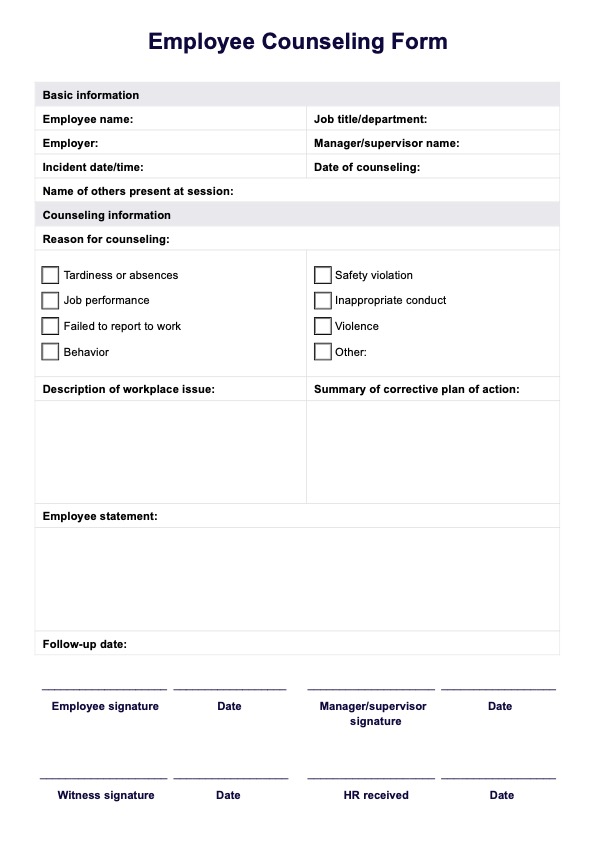Severity Measure for Social Anxiety Disorder
Explore the Severity Measure for Social Anxiety Disorder to assess the intensity of social anxiety symptoms. Download our template for precise evaluation and treatment planning.


What is social anxiety disorder?
Social Anxiety Disorder, also known as social phobia, is a mental disorder characterized by an intense fear of social situations where one may be judged or scrutinized by others. This condition goes beyond common shyness; it can significantly impair an individual's ability to function in daily life, affecting their social interactions, work, and school performance. Individuals with social anxiety disorder often experience fear of negative evaluation, leading to avoidance of social situations, distress in social interactions, and various emotional symptoms that can impact their overall quality of life.
The causes of social anxiety disorder are multifaceted, including genetic, environmental, and psychological factors. Symptoms typically involve excessive worry about social situations, fear of embarrassment or humiliation, avoidance of social gatherings, and physical signs of anxiety such as sweating, trembling, or difficulty speaking. These persistent symptoms can vary in severity, affecting individuals' ability to engage in everyday social interactions.
Professionals diagnose social anxiety disorder through a comprehensive evaluation that includes clinical interviews, psychological assessments, and sometimes, the use of specific diagnostic tools like the Anxiety Disorders Interview Schedule. The Diagnostic and Statistical Manual of Mental Disorders (DSM) criteria also guide the diagnosis, focusing on the individual's fear or anxiety about social situations, avoidance behavior, and the impact on their daily functioning.
Severity Measure for Social Anxiety Disorder Template
Severity Measure for Social Anxiety Disorder Example
What is the Severity Measure for Social Anxiety Disorder?
The Severity Measure for Social Anxiety Disorder is a psychometric properties tool designed to assess the intensity of social anxiety symptoms an individual experiences. It involves a set of questions that evaluate the fear of negative evaluation, avoidance of social interactions, and the level of distress or impairment caused by these symptoms. This measure helps in determining the severity of social anxiety disorder on a social phobia scale, guiding treatment planning, and monitoring progress over time.
The Severity Measure for Social Anxiety Disorder scoring involves assigning values to the responses for each item, which are then summed to obtain a total score. This score reflects the severity of social anxiety symptoms, ranging from mild to severe. Higher scores indicate greater severity of social anxiety, helping clinicians to understand the extent of the disorder and to make informed decisions regarding the most appropriate intervention strategies.
After calculating the scores, the next steps involve discussing the results with the patient and considering them in a comprehensive clinical assessment context. Depending on the severity of the symptoms, professionals might recommend various treatment options, such as cognitive-behavioral therapy, medication, or a combination of both. The scores can also be used to establish a baseline for monitoring the effectiveness of treatment and adjusting it as necessary to ensure the best outcomes for the patient.
How does our Severity Measure for Social Anxiety Disorder template work?
Using our template for the Severity Measure for Social Anxiety Disorder streamlines the process of assessing and understanding the severity of an individual's social anxiety. Here's a step-by-step breakdown of how it works:
Step 1: Download the template
Start by downloading our free Severity Measure for Social Anxiety Disorder template. This accessible document is designed to provide a comprehensive tool to assess social anxiety symptoms effectively.
Step 2: Administer the assessment
With the template in hand, administer the assessment to the individual experiencing social anxiety. The template features a series of questions or statements that the individual responds to, each aimed at evaluating different aspects of social anxiety, such as fear of negative evaluation, avoidance of social situations, and physical symptoms of anxiety.
Step 3: Score the responses
After completing the assessment, use the scoring guidelines provided in the template to assign values to each response. The scoring system is designed to quantify the severity of the individual's social anxiety symptoms, facilitating a clear understanding of their condition.
Step 4: Interpret the scores
Refer to the interpretation section of the template to understand what the scores indicate about the severity of the social anxiety disorder. This part of the template will guide you in determining whether the individual's symptoms are mild, moderate, or severe, providing a basis for treatment planning.
Our printable Severity Measure for Social Anxiety Disorder template is designed to make the assessment process as smooth and effective as possible, ensuring that individuals receive the care and support they need to manage their social anxiety.
Benefits of using our severity measure template
Using our free Severity Measure for Social Anxiety Disorder offers several benefits:
Clear, quantitative symptoms evaluation
The Severity Measure for Social Anxiety Disorder provides a structured method to quantitatively assess the extent of an individual's social anxiety symptoms. Offering a standardized set of questions enables clinicians to gauge the intensity of fear, avoidance, and distress associated with social interactions. This clarity is invaluable, as it helps differentiate between normal social nervousness and the more debilitating symptoms of social anxiety disorder, ensuring accurate diagnosis and appropriate treatment.
Facilitates early detection and intervention
Early detection of social anxiety disorder is crucial for effective management and treatment. This measure plays a critical role in identifying symptoms of social anxiety at an initial stage, allowing healthcare providers to intervene before the condition worsens. Early intervention can significantly improve outcomes for individuals, providing them with coping strategies and therapeutic interventions that can prevent the development of more severe anxiety or additional mental health issues.
Enhances treatment planning
Identifying specific areas of difficulty through the Severity Measure for Social Anxiety Disorder aids in tailoring treatment plans to the individual's needs. By understanding the particular aspects of social interactions that provoke anxiety, mental health professionals can focus on targeted interventions. This could include exposure therapy for feared situations, cognitive restructuring to challenge negative thoughts or social skills training. A detailed assessment ensures that the treatment approach is comprehensive and addresses all facets of the disorder.
Contributes to research on social anxiety disorder
Beyond its clinical applications, the Severity Measure for Social Anxiety Disorder is a valuable research tool. By offering a reliable method to quantify the severity of social anxiety symptoms, it facilitates studies aimed at understanding the disorder's prevalence, impact, and treatment outcomes. The aggregation of data from diverse populations can reveal trends, improve diagnostic criteria, and inform the development of new therapeutic approaches, enhancing the overall knowledge base of social anxiety disorder.
Commonly asked questions
While there is no cure for social anxiety disorder, effective treatments can significantly reduce symptoms and improve quality of life, allowing individuals to manage the condition successfully.
Social anxiety disorder often begins in the early teenage years, although it can start in childhood or early adulthood.
No, social anxiety disorder is more intense and debilitating than shyness and involves significant fear, anxiety, and avoidance of social situations that interfere with daily functioning.

.jpg)
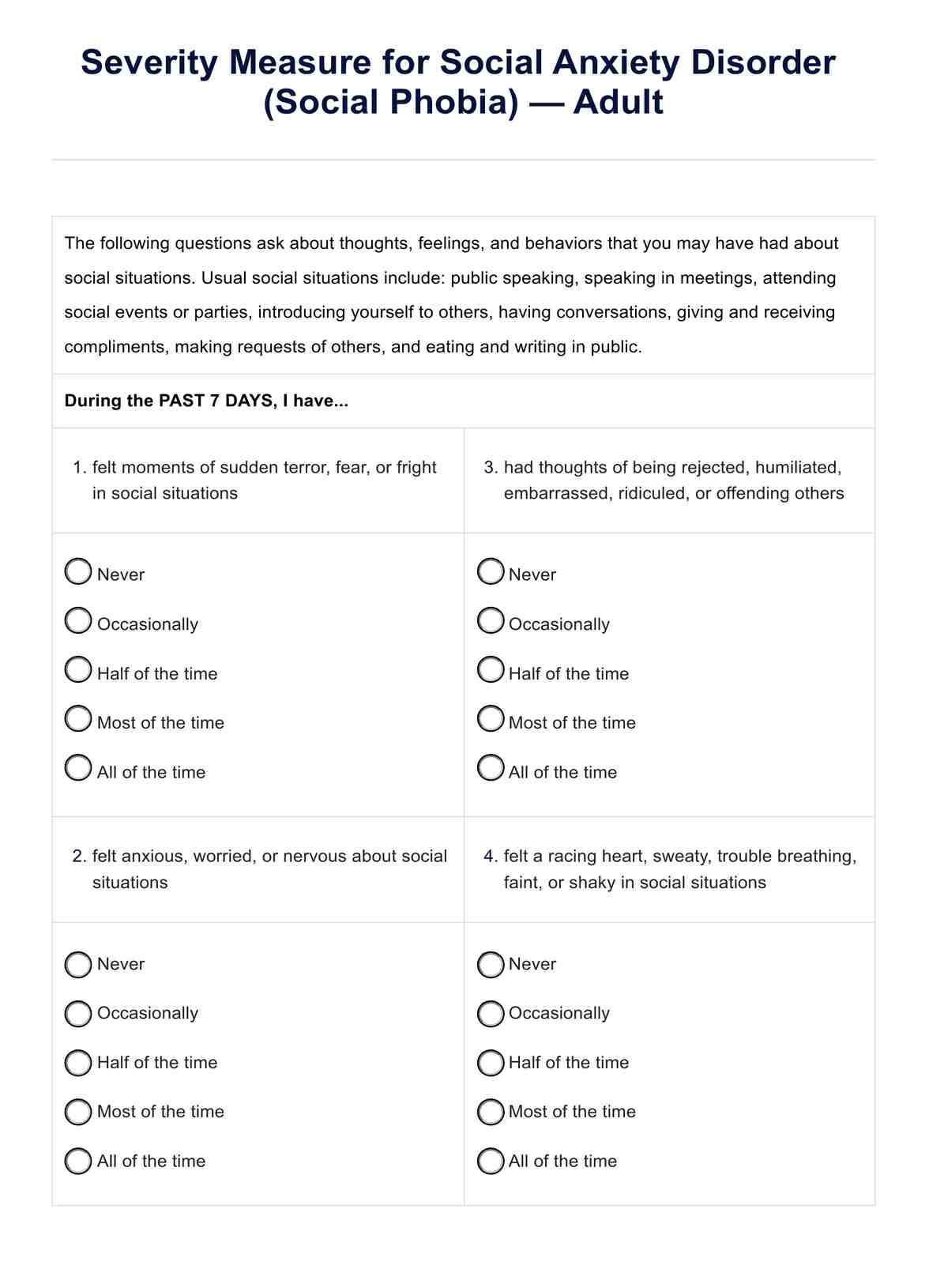
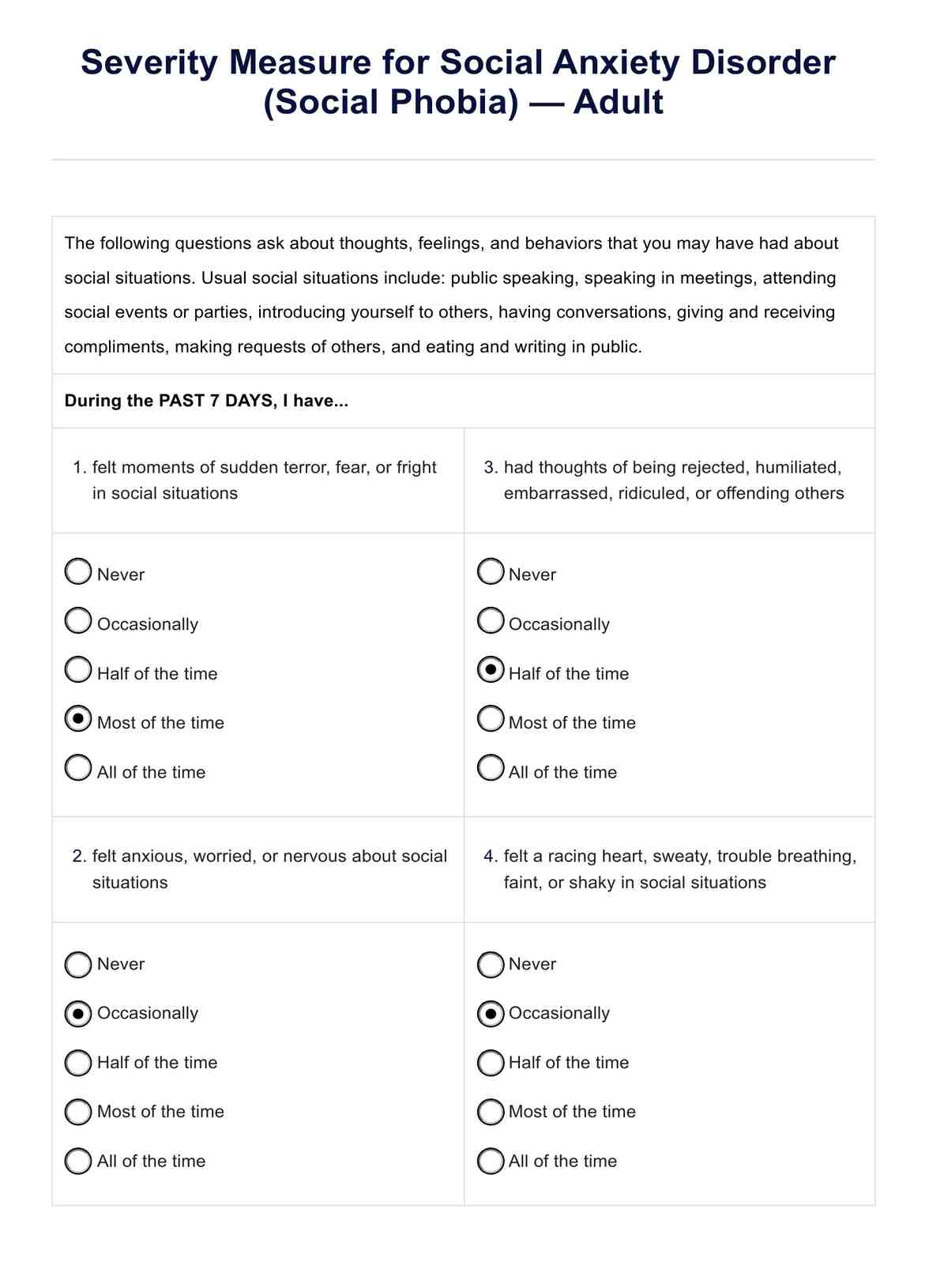

















-template.jpg)



















































































